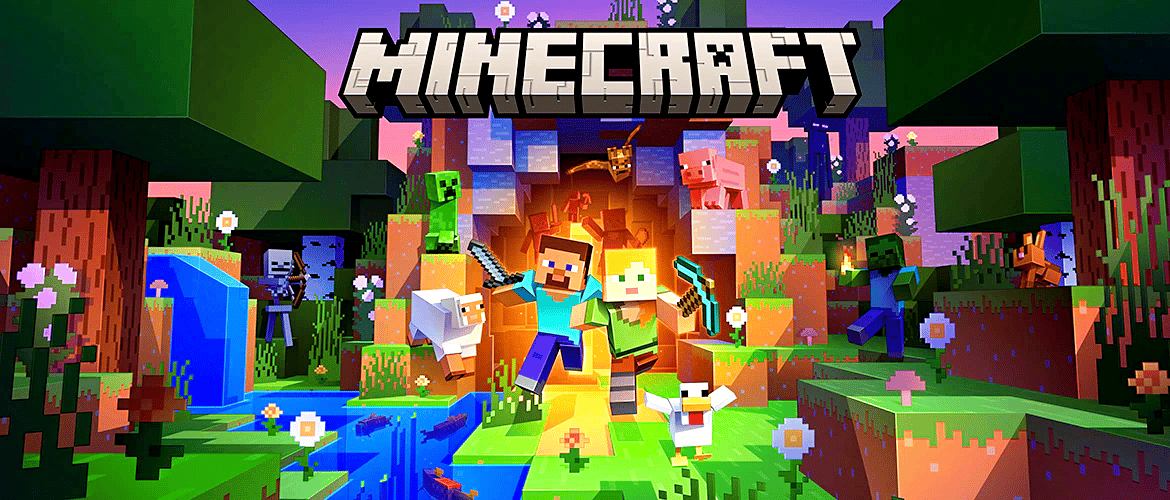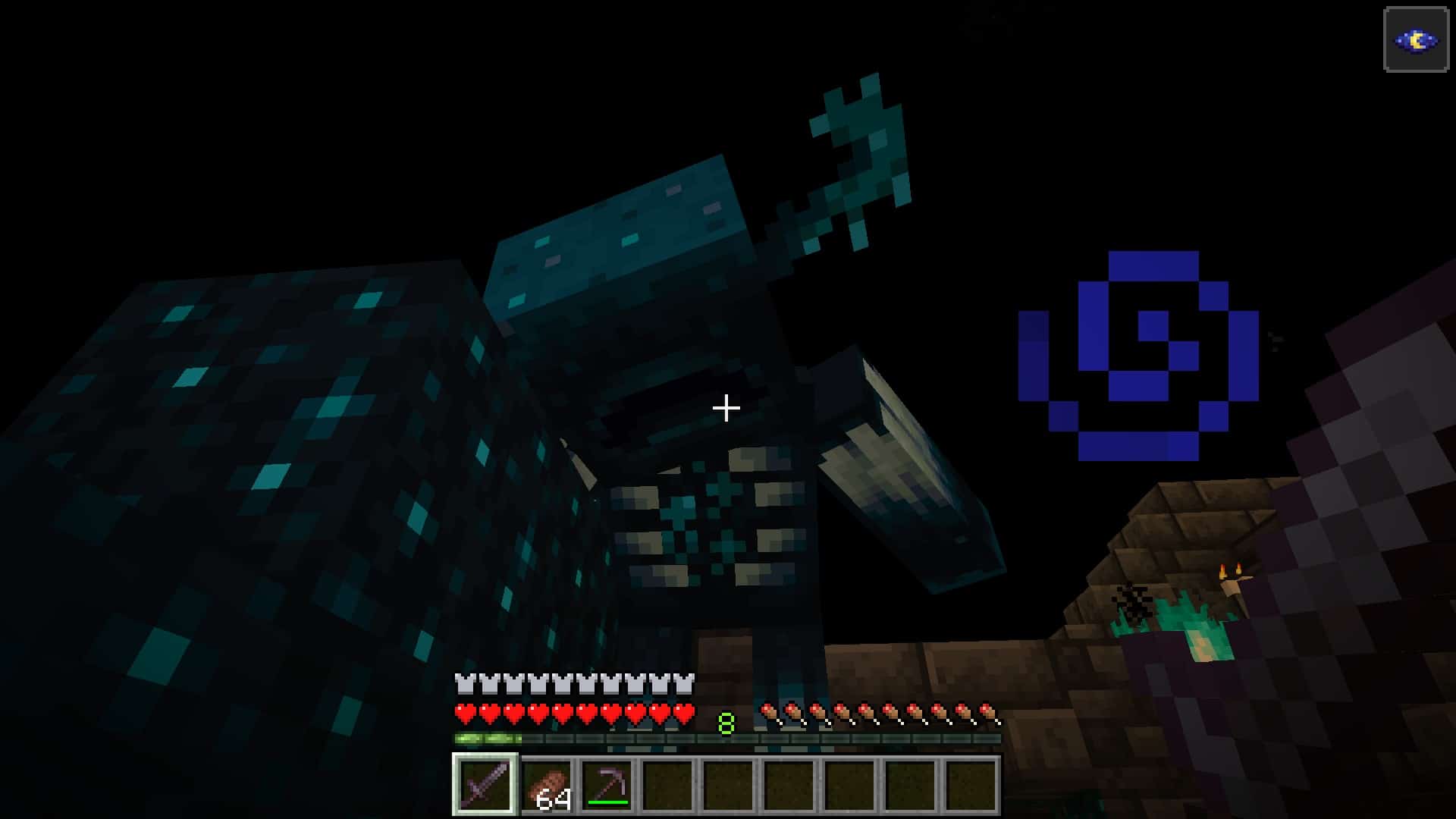“The end dragon? I’ll defeat him half asleep! The wither? Piece of cake!” If you can sign off on these statements, not only have you clearly been spending too much time in Minecraft – which we find hard to blame you for – but you’re probably also looking for a new challenge in the sandbox.
The latest update, The Wild, also known as version 1.19, might have the solution for you: With this iteration of the brick game, the developers at Mojang have not only made some changes to the overworld, but also added the Warden – the nastiest boss enemy Minecraft has ever had. There’s also the eerily dim Deep Dark biome, which sounds like a feast for adventurers. Unfortunately, despite these features, The Wild didn’t turn out to be the big hit we were hoping for.
Note: Our expert assessment is based on the snapshots of The Wild that were already accessible before the release of the new update. We will of course compare our impressions with the release version and update the article with new information if necessary.
Table of Contents
Of swamps, frogs and missed opportunities
The innovations of version 1.19 can be roughly divided into two categories: those that take place underground and those on the surface. Let’s devote ourselves to the latter first.
With The Wild, a new biome has found its way into the game: the mangrove swamp. This differs from the regular swamp mainly in the black mud block that lets us sink in a bit, and in its new trees.
The eponymous mangroves have a very complex root system, which makes them look much more natural than the straight trees that you usually see in Minecraft. They also drop saplings automatically and are much closer together, making the mangrove swamps harder to see over and therefore more exciting to explore at the same time.
Both swamp types are now populated by frogs, which are not only beautifully designed in terms of animations, but also generally exude a lot of atmosphere: if we feed them with slime balls, two frogs mate and spawn the in a nearby water field. These in turn develop into tadpoles, which, given enough time, mature into full-fledged frogs. Depending on the biome, the texture of the frogs also changes.
The mangrove swamps and everything that goes with them are undoubtedly an enrichment for Minecraft, but you have to see this in proportion: The entire overworld now comprises over 40 biomes – adding another one will not significantly affect the way players explore the world.
It would have been important to revise outdated biomes such as the swamp, which cuts a pretty poor figure compared to its mangrove counterpart, or the oft-maligned birch forest, in order to make the game world as a whole seem more exciting again. A missed opportunity.
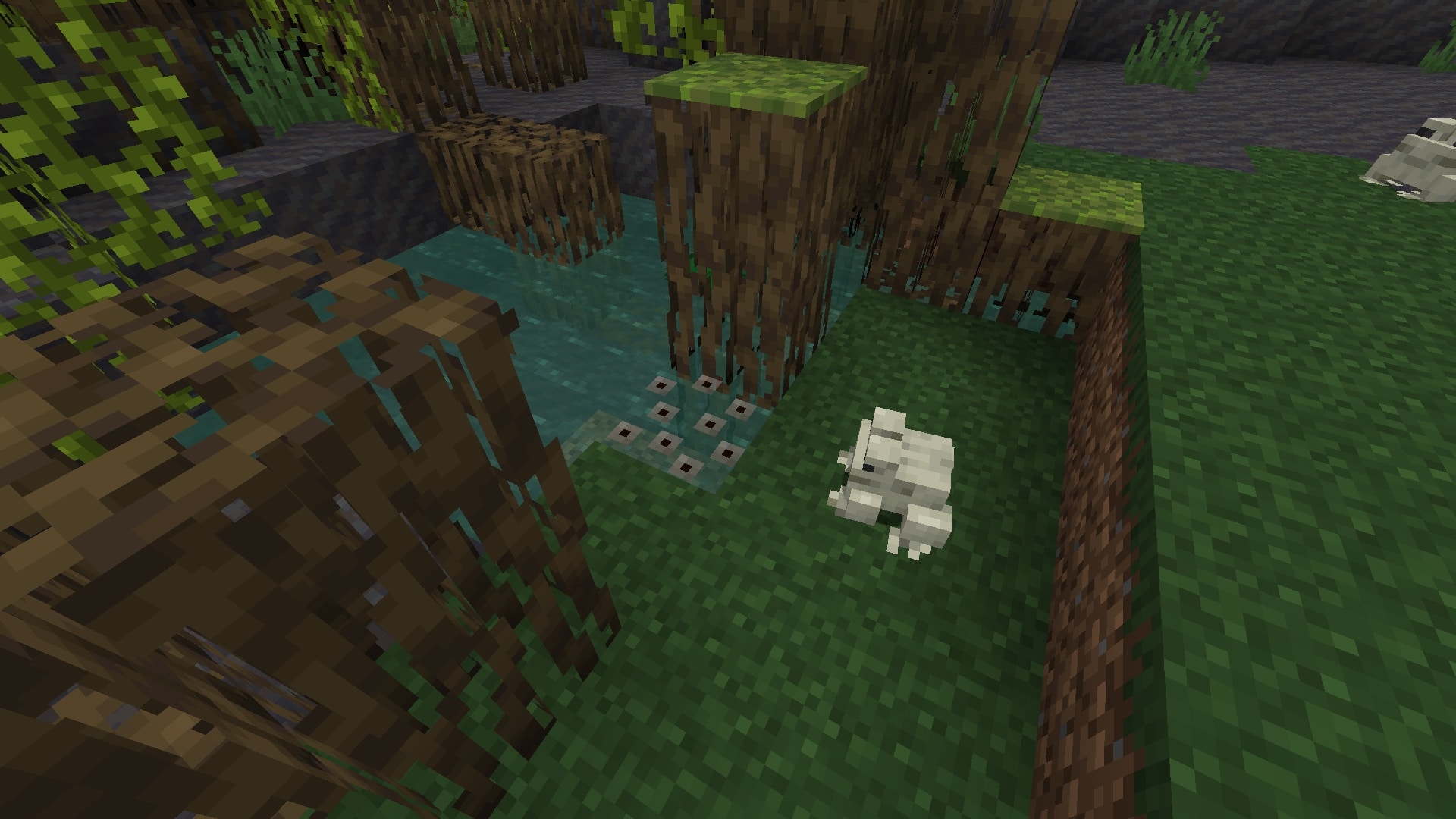
Little fairy companions with collecting mania
The Wild Update adds another type of mob: allays. These are blue, fairy-like creatures that we have to rescue from Pillager Outposts or Woodland Mansions. Once we have freed them from their captivity, we can give them a certain item.
The helping spirit then follows us and collects all items of this type and then brings them to us. Attention: Said items must actually be lying around in the world as dropped items. So we can’t say, “Dear ghost, please go cut wood!” We have to do that ourselves.
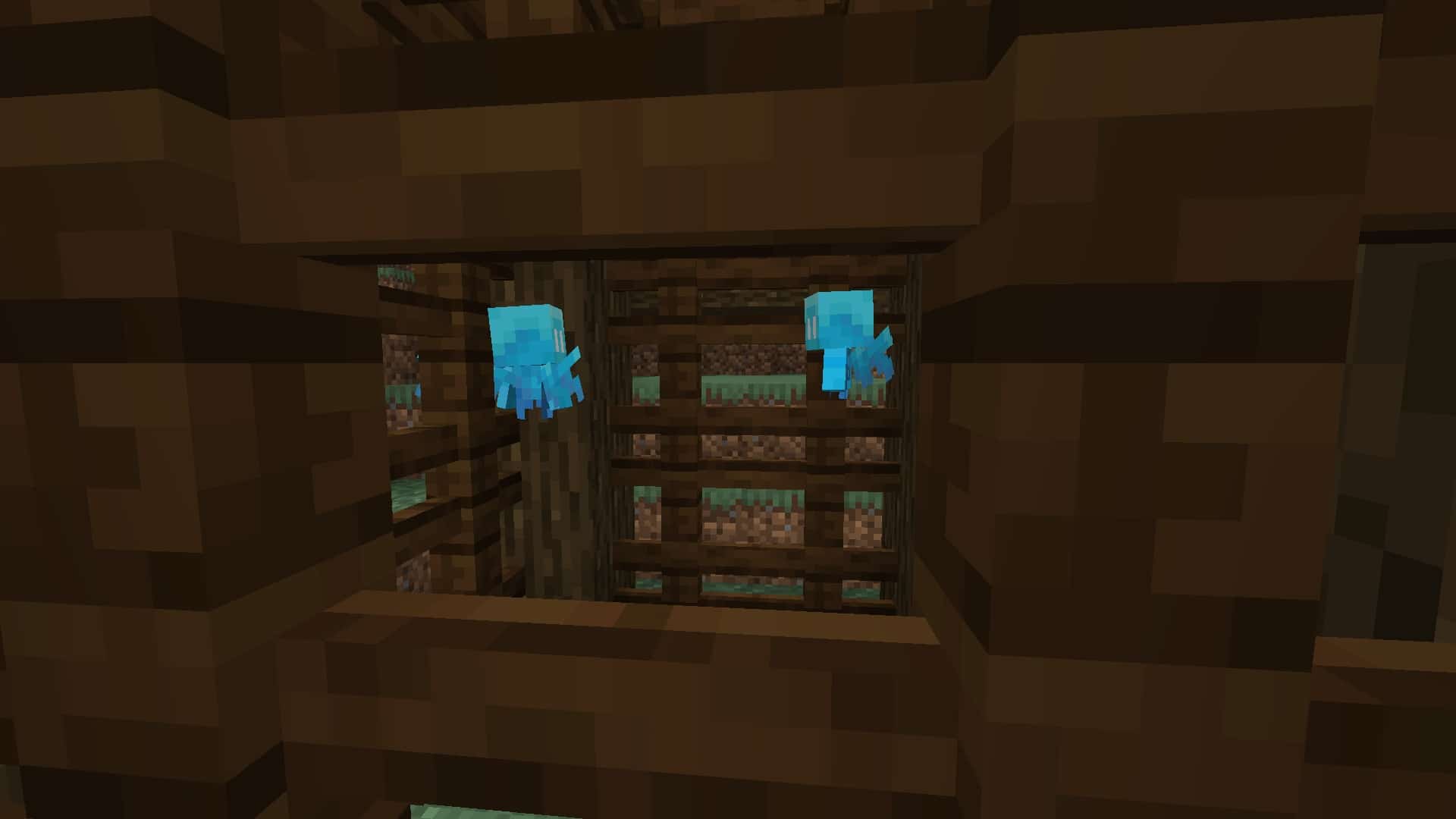
No question: The little companions have their raison d’être – after all, they can be quite handy, for example when picking up tree seedlings. But mainly these mobs seem to be interesting for redstone experts who want to integrate them into their automatic sorting systems.
The benefit for normal players, on the other hand, is likely to be limited. However, it is commendable in principle that Mojang wants to give the outposts and mansions a greater role.
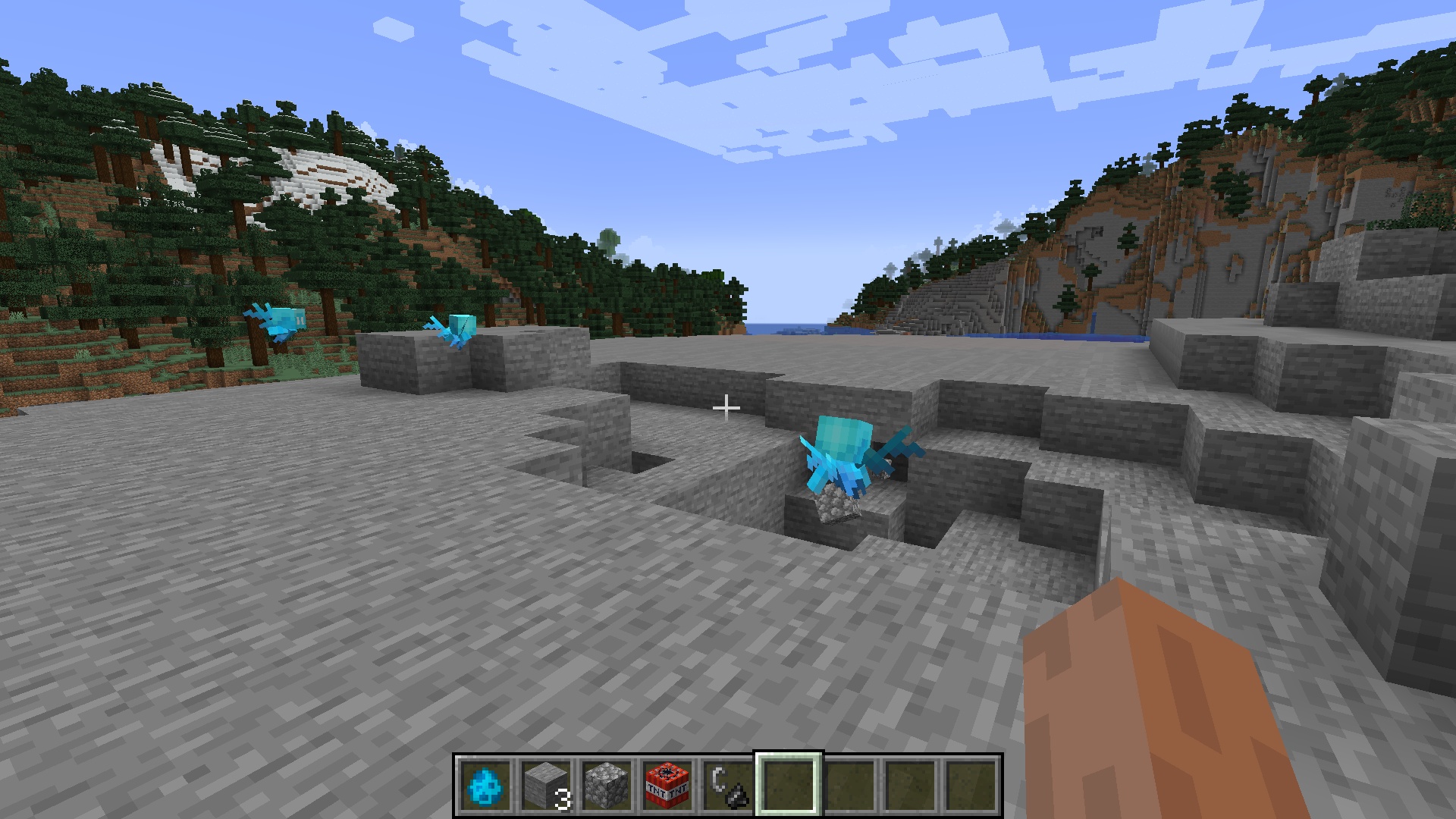
Was the Warden a good idea?
Now enough of the surface – we’re going deep! With 1.19, the Deep Dark now awaits brave adventurers, a biome that can generate below y=0. These cavernous landscapes consist mainly of sculk, a black-blue block resembling a disease that slowly covers the world.
However, the Deep Dark does not only look threatening, it also sounds like it. In this biome we find sculk sensors at regular intervals. These register our movements and sounds and pass them on to the screech blocks, which in turn emit a bloodcurdling scream. Whoever thought Minecraft couldn’t be scary has never stood in a cave full of shriekers that all go off at once. And there are all kinds of reasons to be scared!
The Warden is alerted by these screams and rises from the ground shortly afterwards. The thing is really nasty: While the Wither has 150 hearts of life energy, the Warden has a remarkable 250. Even with full Netherite armour, the head monster will knock you off your feet with two blows.
If you’re thinking “Well, I’ll just fight the Warden with bows and crossbows from a safe distance”, then we also have bad news for you: The guardian of the Deep Dark still has the so-called “Sonic Boom” attack – a ranged attack that always hits and also kills you quickly.
In other words, you can theoretically kill the Warden with conventional weapons, but for most players this will not be realistic. Instead, a different style of play is required of us. We have to proceed stealthily, turn off the sensors one after the other and if the warden does appear, we should avoid drawing his attention to us. That’s not always easy, but it’s unusual and exciting – especially since there’s a lot to discover in the Deep Dark.
Update 1.19 – the foundation for something bigger?
For example, there are the Ancient Cities to discover – destroyed cities in which valuable loot awaits us and which are visually among the most impressive that Minecraft has to offer. Particularly exciting: In the middle of an Ancient City there is a structure that looks very much like a giant portal.
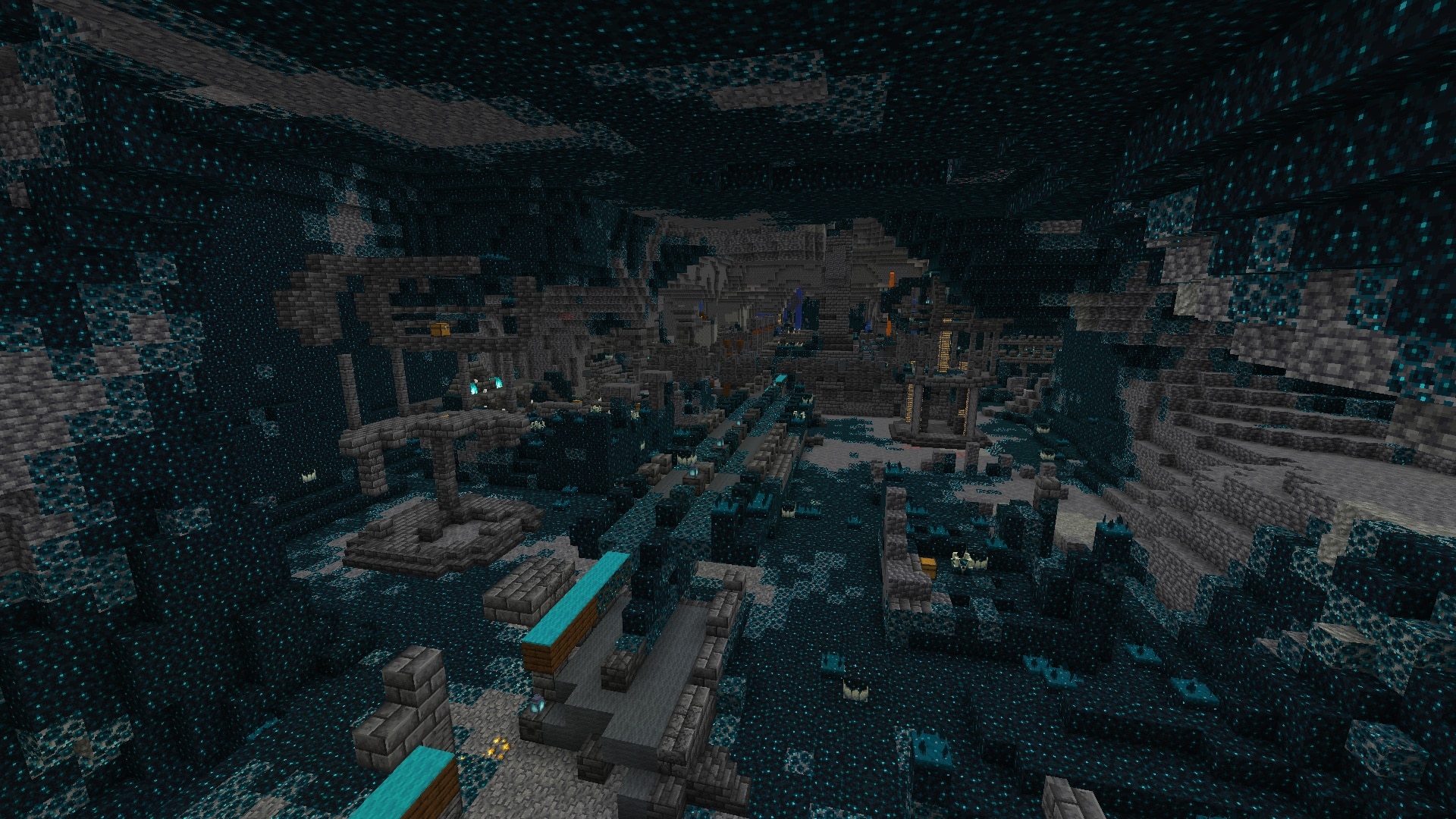
There is currently no function associated with this, but I would be very surprised (and also very disappointed) if nothing more came in this direction. In its current form, unfortunately, it feels like it’s just laying the groundwork for the really cool stuff that will come at some point in the future.
There is, however, another problem with Ancient Cities from the point of view of the name “The Wild”: its discoverability. We used the /locate command in a handful of worlds to let us know the distance from the spawn point to the nearest Ancient City.
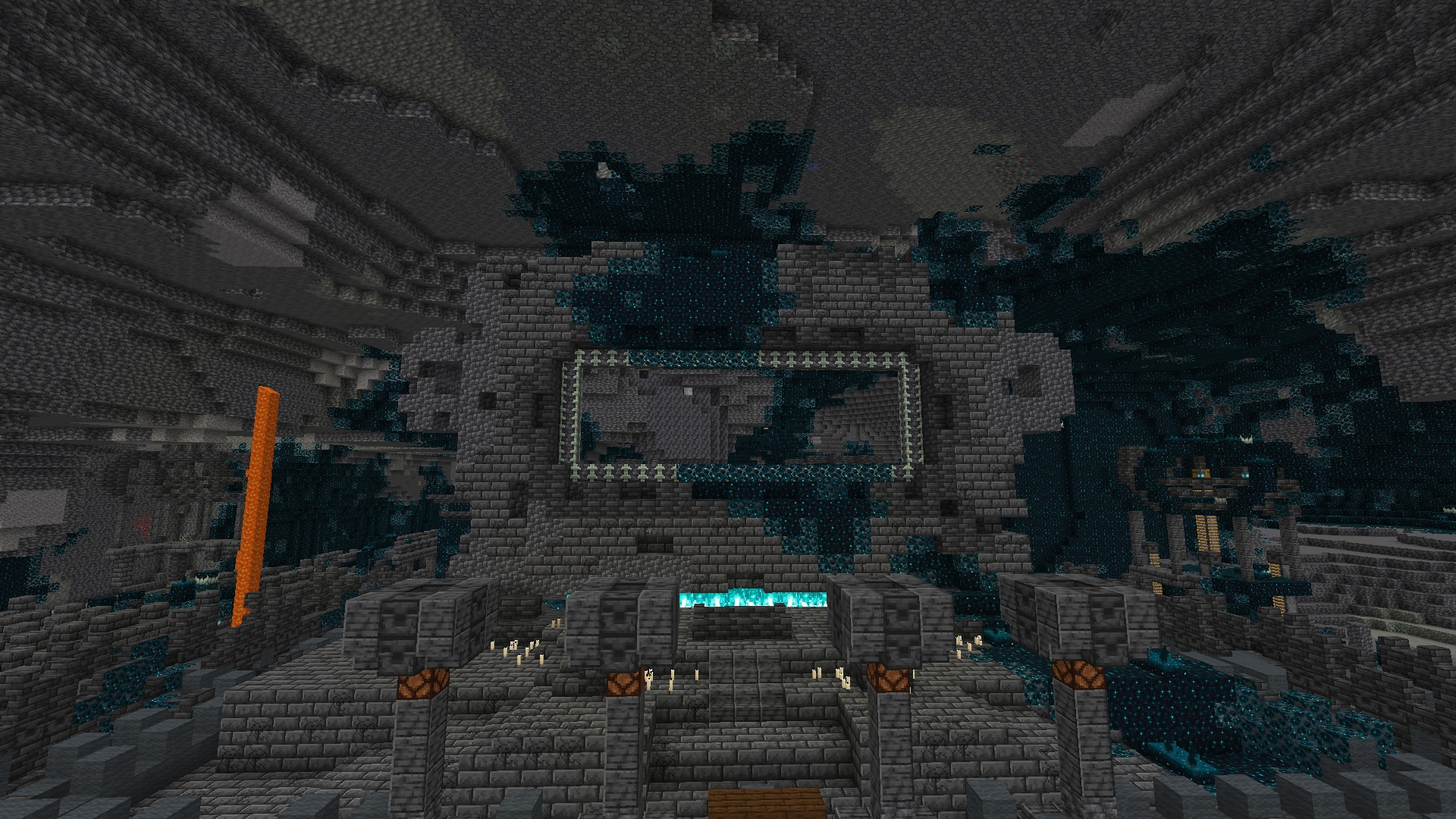
This value varied between 500 and 3500 blocks. What this means for you is that you will have to be a bit lucky to find Ancient Cities – you may spend hours looking for them and still come up with nothing.
Summarising: Version 1.19 is basically a solid update with some exciting features (even if they don’t always realise their full potential), but it fails in its own ambition. The innovations do not bring the wilderness into the entire game, but at best into some small sub-areas. To make the game world as a whole more interesting for adventurers would have required a more extensive overhaul of the old biomes – this is where I see future updates taking responsibility.
Editorial conclusion
What I am about to write is in a way grumbling at a high level, because: It is not self-evident that a game that is over ten years old still regularly receives free updates that also bring actual added value. Although – or maybe even because – I was a big fan of 1.18, The Wild disappointed me somewhat. Caves & Cliffs had made the game more interesting again in its entirety, whereas you will only notice the innovations of 1.19 at all in very specific cases.
A new biome in the overworld is quite nice, but it would have been much more important to give the existing (and in some cases somewhat outdated) biomes a makeover. I like the game mechanics around the Warden and the Ancient Cities – but you have to find them first.
Especially since I can’t shake the feeling that a foundation stone has been laid here for a later update that finally gives the “portal” a function. So for me, 1.19 – and please forgive the bad pun – is less a The Wild update and more a The Mild update.

